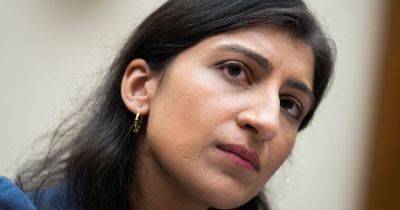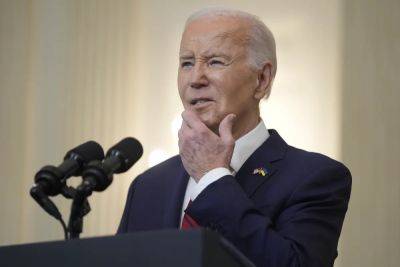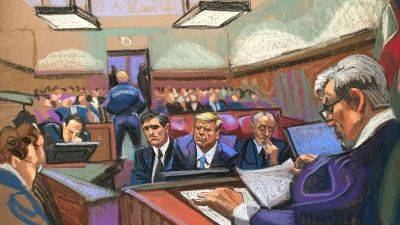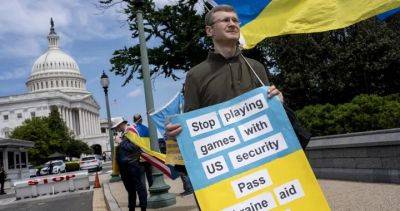Here's The Eclipse Weather Forecast For The Northeast And Central Texas
DALLAS (AP) — Some who hope to witness Monday’s total solar eclipse may see the sun obscured by clouds instead of by the moon.
There’s still some time for forecasts to change, but meteorologists predict that eclipse day storms could blanket parts of the path, which stretches from Mexico and Texas through Maine and parts of Canada.
If clouds don’t get in the way, viewers in the path wearing eclipse glasses will see the moon begin to slowly cover the sun until it is completely blocked, a period of darkness called “totality” during which temperatures drop and the sun’s corona will be visible.
What’s the forecast along the eclipse’s path?
Clouds are expected in much of the eclipse’s path Monday thanks to storms that are moving across the central U.S.
As of Friday afternoon, the Northeastern U.S. looks like it has the best chance of clear skies, along with large patch of the central U.S. near southeastern Missouri and southern Illinois.
Canada, too, may have only light cloud cover that won’t significantly impact the view, according to National Weather Service meteorologist Marc Chenard. Higher, thinner clouds should still allow eclipse goers to glimpse the sun, while lower, thicker clouds could obscure the spectacle entirely.
Parts of Ohio, Pennsylvania, New York and Texas are questionable. Northeast Texas, Chenard says, “could kind of go either way at this point.” Mexico may also have low to mid-level cloud cover.
Thushari Jayasekara, a physics professor at Southern Illinois University, saw the 2017 eclipse from Carbondale, Illinois, where it was partially hidden by clouds. From her vantage point at the university’s Saluki Stadium, the spectacle disappeared right as the final bit of the sun was extinguished by the moon. The







